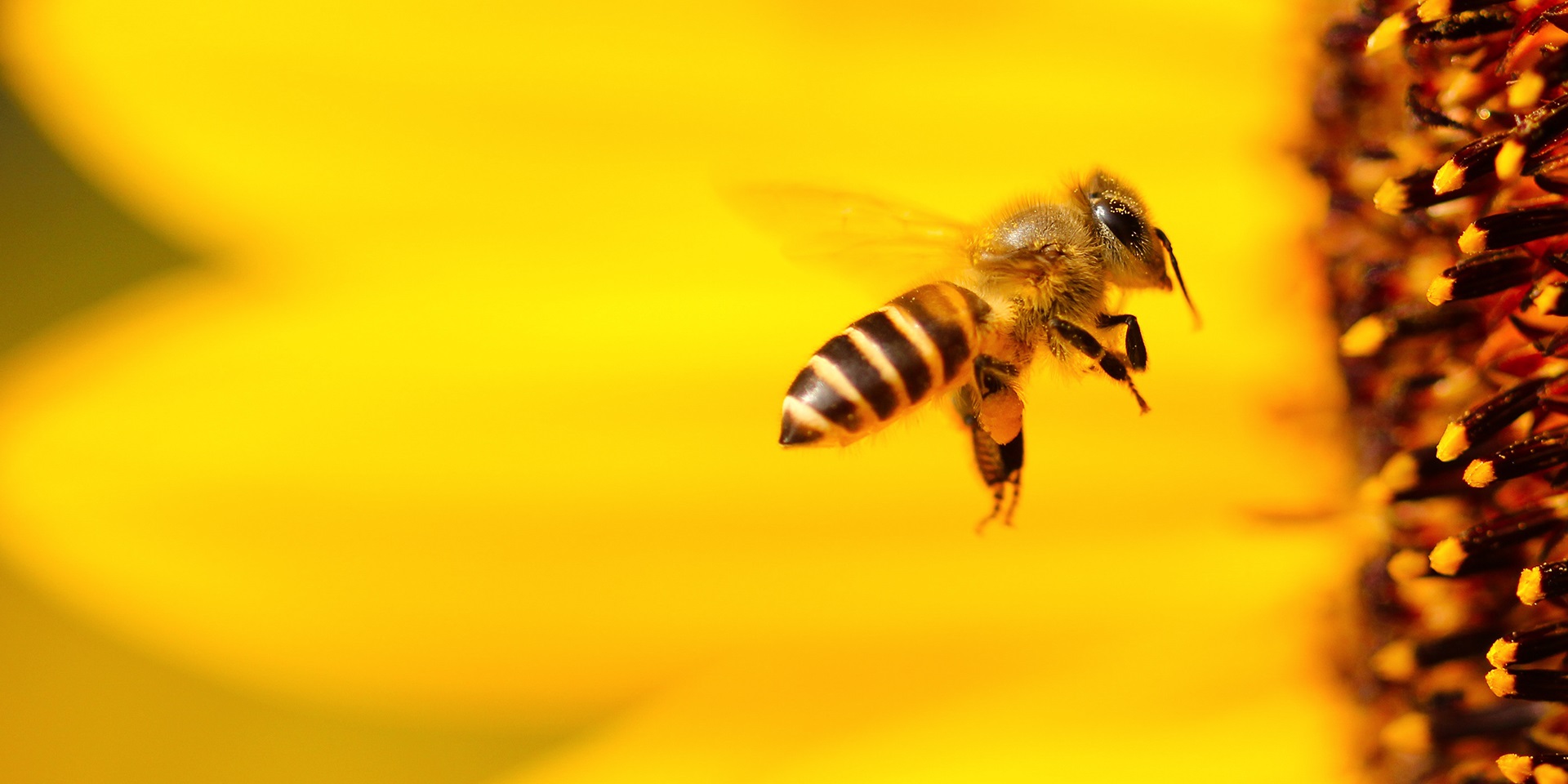We've all heard of pollen and understand that it is the fine powder released by plants as part of their reproductive cycle. But did you know there are different types of pollen?
Each year, millions experience hay fever symptoms triggered by airborne pollen, especially during spring and summer. But, not all pollen is the same and understanding the different types can help you better manage your exposure. In this blog, we'll take a look at the three main types of pollen and how the weather can influence its production and levels.
The Three Main Types of Pollen
There are around 30 types of pollen known to cause hay fever, but they generally fall into three main categories: tree pollen, grass pollen, and weed pollen.
- Tree Pollen
Tree pollen is the first to appear in the pollen season, typically from late March to mid-May. It affects about 25% of people with hay fever. Common culprits include birch, oak, and ash trees.
- Grass Pollen
Grass pollen is the most common allergen, affecting the majority of hay fever sufferers. Its season spans from mid-May to July and features two distinct peaks. The first peak usually occurs in early June, followed by a smaller one in early July.
- Weed Pollen
Weed pollen can be released at any time from early spring to late autumn, but its main season typically runs from late June through September. Weeds like nettle, mugwort, and plantain are common sources.
What Influences Pollen Levels?
Pollen production is heavily influenced by weather conditions. A warm and wet spring can lead to higher pollen production, while dry and breezy conditions help disperse it into the air. Conversely, a cold winter can delay the start of the pollen season by keeping plants dormant longer. Spring rainfall also plays a role in pollen levels as less rain means less pollen.
READ MORE: Met Office Pollen Forecast 2025: What You Need to Know
The threshold for a high pollen count varies depending on the type of pollen. Once measured, the number of pollen grains is represented per cubic metre of air. Hay fever symptoms typically begin to appear when the pollen count exceeds 50 grains per cubic metre.
For grass pollen, a count between 50 and 150 grains per cubic metre is considered high. For birch pollen, a count between 81 and 200 grains per cubic metre is deemed high.
It's important to note that individual sensitivity to pollen can vary, so some people may experience symptoms at lower counts while others may tolerate higher levels without issue.
READ MORE: How does weather affect pollen and can pets get hay fever?
Staying Ahead with Forecasts
To help manage symptoms, the Met Office provides a daily pollen forecast, measuring the number of pollen grains per cubic metre of air over a 24-hour period.
Keep up to date with weather warnings, and you can find the latest forecast on our website, on YouTube, by following us on X and Facebook, as well as on our mobile app which is available for iPhone from the App store and for Android from the Google Play store.



